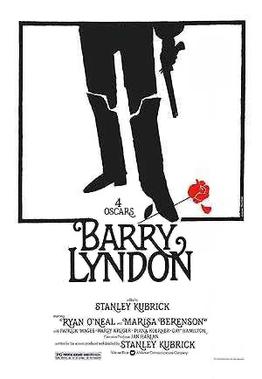
From the rather uninvolved performance he gives here, it's a little hard to realize that Ryan O'Neal was once a major movie star. Scenes are stolen from him right and left by such skilled character actors as Patrick Magee, Hardy Krüger, Steven Berkoff, Murray Melvin, Leonard Rossiter, and Leon Vitale. But this detachment of the titular character seems to be part of Kubrick's plan to de-emphasize the story's drama: He even provides a narrator (Michael Hordern) who gives away the plot before it develops on the screen. When actions and emotions erupt in the story, they do so with a kind of jolt, the audience having been lulled by the stately pace of the film and by the undeniably gorgeous visuals: Ken Adam's production design, Ulla-Britt Söderlund and Milena Canonero's costumes, and John Alcott's cinematography all won Oscars, as did Leonard Rosenman's orchestration of themes from Schubert, Bach, Mozart, Vivaldi, and Handel. It is undeniably one of the most visually beautiful films ever made, its images intentionally echoing works by Hogarth, Reynolds, Romney, Gainsborough, and other 18th-century artists. Alcott used specially designed lenses, created for NASA to allow low-light filming, to allow many scenes to be filmed by candlelight. But it's also a painfully slow movie, stretching to more than three hours. I don't have anything against slowness: One of my favorite movies, Tokyo Story (Yasujiro Ozu, 1953), is often criticized for slowness. But the slowness of Ozu's film is in service of characters we come to know and care about. Kubrick gives us no one to care about very much, and O'Neal's Barry never registers as a developed character.